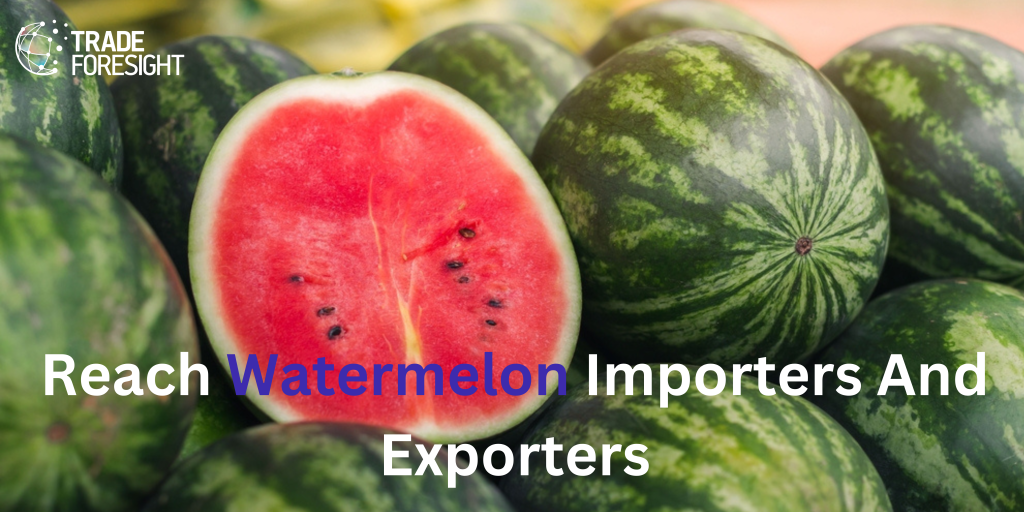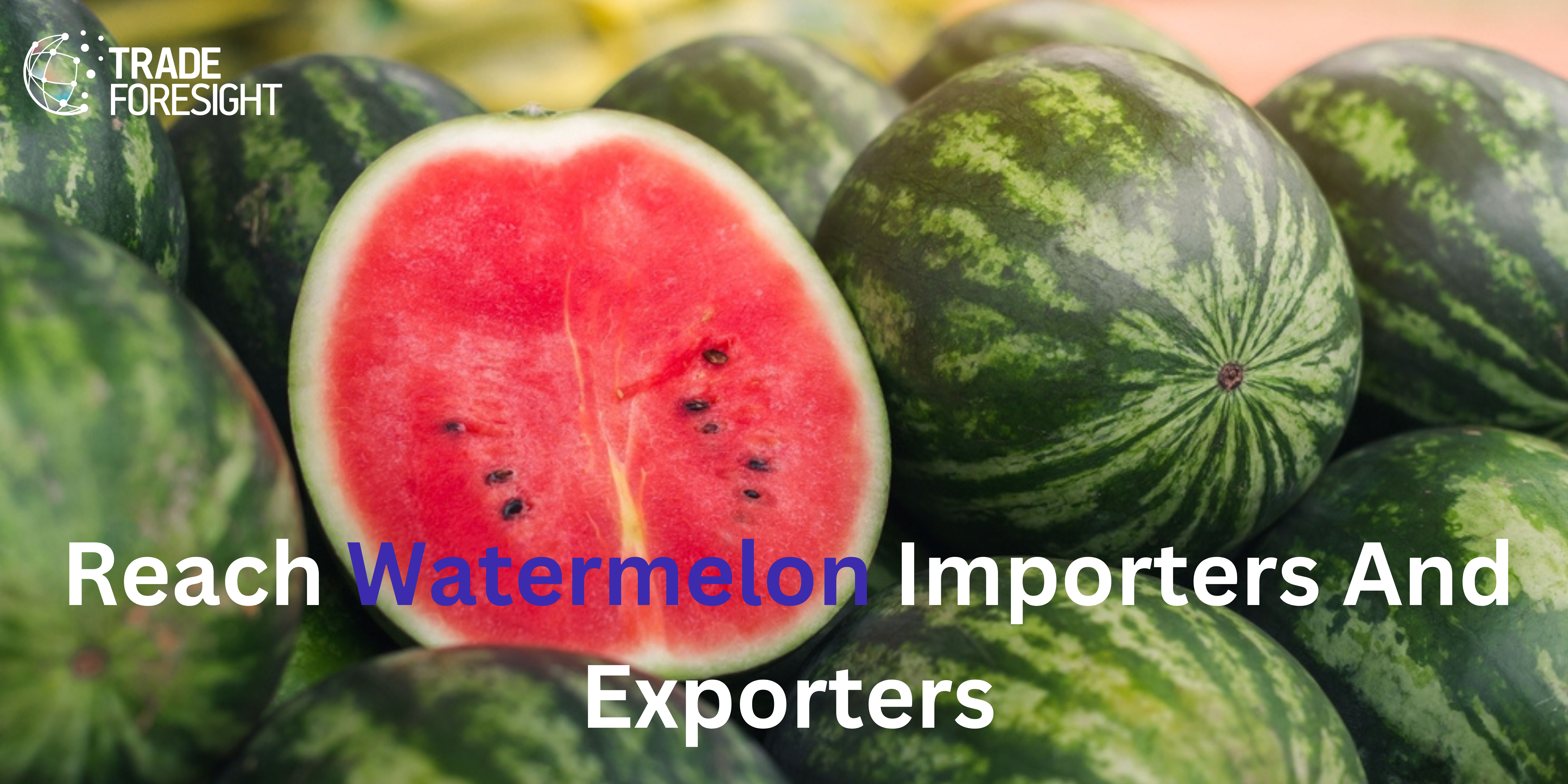
Watermelons are a popular fruit enjoyed by many around the world, and their import and export have become a significant global industry. Whether you are an importer or exporter of watermelons, it is important to understand the key factors that can impact your success in this market. In this blog, we’ll take a closer look at the import and export of watermelons and some of the key considerations for those looking to enter this market.
Importing watermelons can be a profitable business for those who have access to a reliable source of high-quality watermelons. The first step in importing watermelons is to identify potential suppliers. This may involve conducting market research, attending trade shows and exhibitions, or leveraging online marketplaces to find suppliers. Once you have identified potential suppliers, you can start to negotiate pricing and shipping terms. It is important to have a clear understanding of the costs involved in importing watermelons, including shipping, customs fees, and any other import taxes or duties that may apply.
Another important consideration when importing watermelons is ensuring that the product meets the quality standards and regulations of your country. This may involve working with a third-party inspection agency to ensure that the watermelons meet the necessary safety and quality standards. It is also important to have a clear understanding of any labeling requirements or other regulations that may apply to the import of watermelons in your country.
Exporting watermelons can also be a profitable business for those who have access to high-quality watermelons and a reliable distribution network. The first step in exporting watermelons is to identify potential markets. This may involve conducting market research, attending trade shows and exhibitions, or leveraging online marketplaces to find potential buyers. Once you have identified potential markets, you can start to develop relationships with local distributors or agents and start to negotiate pricing and shipping terms.
Another important consideration when exporting watermelons is ensuring that the product meets the quality standards and regulations of the target market. This may involve working with a third-party inspection agency to ensure that the watermelons meet the necessary safety and quality standards. It is also important to have a clear understanding of any labeling requirements or other regulations that may apply to the export of watermelons in the target market.
Logistics is another critical factor to consider when importing or exporting watermelons. This may involve managing the physical movement of the watermelons from the source to the destination, including transportation, shipping, and storage. It is important to have a clear understanding of the logistics involved in importing or exporting watermelons, and to develop a plan for managing any potential logistical challenges or delays.
In conclusion, the import and export of watermelons can be a lucrative business for those who have access to high-quality products and a reliable distribution network. Whether you are an importer or exporter of watermelons, it is important to have a clear understanding of the key factors that can impact your success in this market, including supplier identification, quality and regulatory compliance, logistics, and pricing and shipping terms. With careful planning and execution, the import and export of watermelons can be a profitable and rewarding venture.

